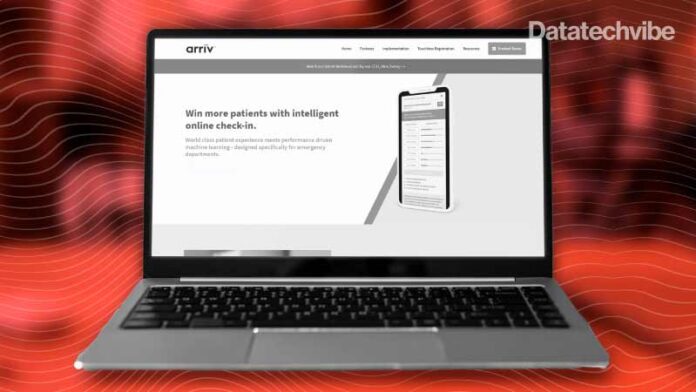Arriv announced the release of a new feature that allows all of its customers to predict higher wait time periods and communicate expectations to patients who are checking in through Arriv — all without an EHR integration.
The Arriv data science and development teams have been working for much of the last year building a machine learning forecasting tool that can predict demand, unique to each facility location. This data is then communicated to patients in the form of an expected wait time bar directly within the Arriv interface. This new feature set, including customised SMS notifications and interstitial messaging screens, solves a recurring tension in the marketplace of balancing the desire to drive patient volume while setting proper expectations for incoming patients.
With the surges in patient volumes and longer wait times that rapidly fluctuate, the need for online check-in has evolved from simple check-in to a tool that provides dynamic information on what is happening at the facility. Static online check-in solutions can cause more harm than good during this time, misaligning patient expectations on when they can get care, and ultimately lead to a poor patient experience.
Also Read: How Chatbots Can Enhance Customer Experience Using NLP
“This has allowed us to double down on our empirically proven insight that static one size fits all solutions have serious downsides in the dynamic environment of acuity-based care delivery models,” says Alex Zubey, CEO of Arriv. “The flexibility in our product allows us to quickly and accurately modify the patient’s digital experience based on the unique circumstances at a particular facility. This capability sets the appropriate expectation for patients from the outset and ensures they won’t be surprised in a negative way. It’s transparent and builds credibility with patients.”
In its early implementation across 30 ED facilities, Arriv’s machine learning forecasting feature has decreased the severity of demand spikes because a number of patients, when they can, choose check-in times during forecasted lower traffic times. During a busy surge, patients checking in via Arriv were prepared for longer waits, eliminating their frustrations caused by poor expectation setting.
“We originally chose to implement Arriv with the goal of increasing online check-ins, as it has repeatedly proven to have the industry’s highest conversion rate of all the solutions in the market,” says Jason Lisovicz, senior vice president of marketing for Emerus. “Due to surges in volume caused by COVID-19, our priorities shifted. In response, Arriv delivered an updated digital experience to set better patient expectations. This has helped tremendously, and we are no longer feeling the effects of patient dissatisfaction due to conflicting expectations from online check-in.”









